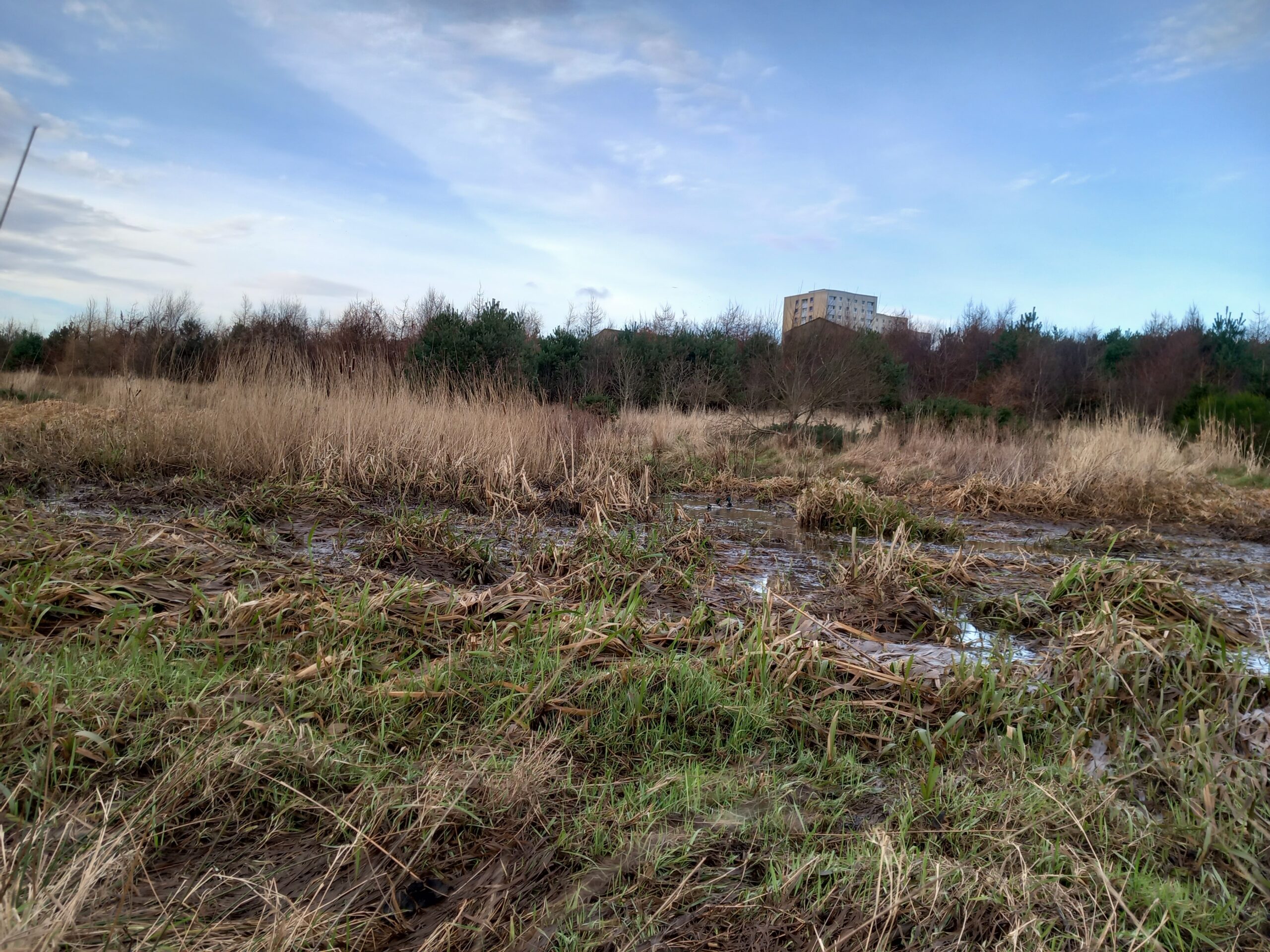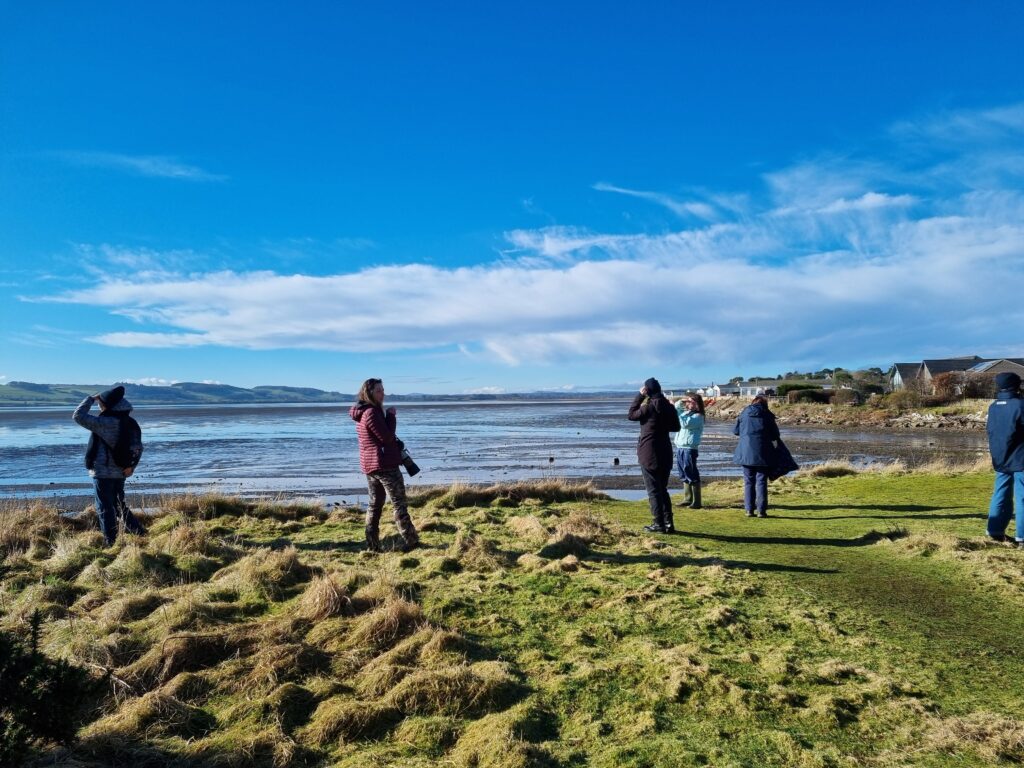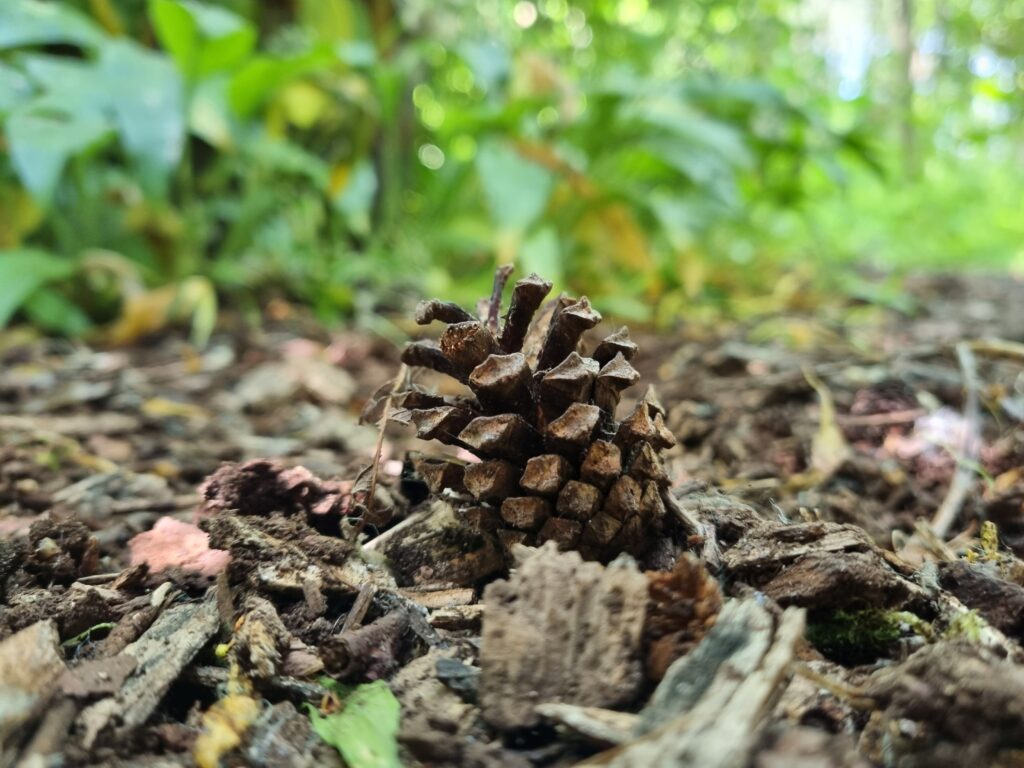You’ve found a site that you want to improve for nature – great! But before you get busy, it’s essential to first make sure that the land is right for your needs and to get permission from the owner of the land that you want to improve.
Choosing the right site
Before committing to a project site, it’s worth asking a few questions.
- Is the land right for your needs?
- Is it the right size and does it have the access you need?
- Are there any restrictions on the site like planning applications or land designations?
There are lots of different ways that land can be designated to protect existing features, for example if there are rare species living on the site, it could be designated as a Site of Special Scientific Interest (SSSI) and some trees are protected by Tree Preservation Orders (TPO).
Our ‘How to Engage Your Community’ resource page can help you identify different areas in your neighbourhood that could be improved, by mapping your local area and engaging with your community.
Find out who owns the land
Before you take any action for your intended project, it is essential that you have permission from the owner of the land that you want to work on and improve. Without this permission, you can’t take any action.
Land can be owned by an individual, normally referred to as a private landowner, by an organisation, a business or an agency. Examples include:
- The local council
- A company or a housing association
- A charity (like the Scottish Wildlife Trust or the National Trust for Scotland)
Useful contacts and links
There are a number of useful tools or contacts that can help you identify a landowner:
- The Scottish Land Commission is useful for understanding the decisions of land use and ownership.
- The Registers of Scotland keep public registers of land, property and other legal documents in Scotland. Searching the land register allows you to identify land ownership boundaries and, for a small fee, you can purchase the title sheet which will tell you who the current owners are.
- You can search the Land Register of Scotland to find property owners, or request that the Land Register of Scotland carry out the search for you. There is a small charge for some services like requesting specific documents, but the Land Register of Scotland can be a good place to start.
- Contact your local council as they can have information about land ownership. You can find a list of Scottish councils on The Convention of Scottish Local Authorities website here.
- The register of Vacant and Derelict land has maps by council area. If land is proven to be vacant, a community can commit to a buyout.
- The community council usually knows a lot about land ownership. You can usually find these by doing an online search of your local council or ward name, followed by ‘community council’.


© Ed Turpin, Scottish Wildlife Trust

Approaching landowners
There are different ways to reach out to a landowner once you’ve ascertained who owns the land you are interested in. This could be by email, phone or even letter. The important thing is to be polite and clear about your ask and intention by outlining clearly why their land is of particular interest to you.
Here are some top tips for making that first introduction:
- Be clear and concise, explaining in simple terms what you’re asking and why.
- Outline any benefits to the landowner or what they would gain from the project, for example, by expanding on the positive impact your project will have on both nature and the local community.
- Ensure you’re contacting the right person so that rather than a generic ‘to whom it may concern’, you are addressing a specific person. This might be an individual owner, the council committee in charge of the land, or someone specific at the company that owns it.
- Follow up after your initial first contact with the landowner to keep them informed of your work and any progress you’ve made and keep them engaged in your project.
- Make sure all agreements and correspondence are recorded. For example, you might save and print a copy of an email giving you the landowners permission to use the site, or you could also ask the landowner to sign an agreement that outlines the work you are planning. This step provides an extra bit of protection for you should any claims that you didn’t have permission to be on the site arise.
Ultimately, it’s rarely a clear journey to gaining permission from a landowner, but if one location doesn’t work, try asking around and seeing if your community has suggestions for other spaces. Parks, community centre gardens, road verges… anything can become something wonderful for nature, it just needs you to be the catalyst.
If you’d like more information on the benefits of engaging landowners and advice on how to start a conversation with landowners and local authorities, our free online Pioneers Programme course provides in-depth ideas and information to help you take the next step towards starting your project. Find out more about the programme and how to register here.
